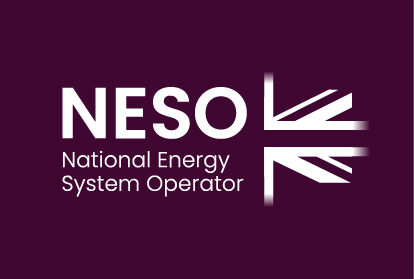This project explores the use of Artificial Intelligence to inform improved National Transmission System (NTS) network planning decisions, namely, to optimise the configuration of network assets to ensure sufficient pressure at NTS offtakes.
The aim is to develop an AI-based software tool that allows analysts at ESO to rapidly assess ‘Static’ day-to-day NTS Offtake scenarios, by bulk-solving more standard cases, allowing the prioritisation of less standard instances, and helping with the rapid assessment of different network configurations for more complex scenarios. As an extension, the project will assess the feasibility of using AI to optimise ‘transient’ scenarios, where inputs are flexible at more granular intervals, and inform longer-term network planning decisions to accommodate hydrogen.
Benefits
- Expertise targeting: Ability to bulk-solve day-to-day operational scenarios would allow analysts to focus on more complex future gas network planning decisions.
- Labour and time savings: Reduced day-to-day effort required in manually running static scenarios. It is envisaged that the solution will save multiple hours per analyst per day.
- Enhanced planning capability: Develop new capability to rapidly assess the feasibility of future NTS methane capability requirements, and reconfiguration of the NTS as the role of hydrogen grows.
Learnings
Outcomes
Several tools have been developed during the project which have the potential to provide benefit to static end of day gas network analysis.
The following tools using AI models have been developed to PoC stage:
- The Start Point Finder – this tool compares a new scenario with a database of previously solved scenarios. By providing helpful starting points, the time to solve a new scenario can be reduced
- The Solution Scorer - this tool compares the results of a scenario solution to the defined scenario limits and requirements, to assess how close an intermediate solution is to an acceptably solved solution. It also helps to identify scenarios where network assets are close to their limits, highlighting which scenarios may have greater or less resilience.
- The Fixed Pipe Removal Recommender - this recommends which pipes can be removed in response to the potential network changes. Two strategies were explored, one based solely on the topology of the gas network and the other also considering the relevant gas flow dynamics.
Additional undertakings and learnings as part of project development
In addition to developing the proof-of-concept tools, the following activities were undertaken:
User research to understand the gas network, its configurations, assumptions, data requirements, system development requirements, user requirements, and expert support from NESO Gas Network Planning team and National Gas Transmission. This undertaking was deemed successful by the project partner as having received the necessary expert inputs, data, assumptions, and network configurations to develop new AI-based solutions for the innovation project.
Initial data exploration of the available data was performed by the network zones across gas entry and exit scenarios to understand if any biases exist in the datasets. The results outlined significant bias as most of the current analysis were focused on Scotland Entry. The project partner continued to work with stakeholders to obtain more data needed to provide greater balance on the datasets to train the AI models being explored.
Due to the very large quantities of features available in the datasets to train these AI models, early exploration focussed on reducing the dimensionality of the datasets to obtain a lower-dimensional space of data points that preserves the key features in the datasets to enhance the AI model performance. This investigation reviewed entry capability across supply flows alongside compressor station settings providing useful similarity in the obtained outputs.
The similarity metric to compare two scenarios was developed in the phase using Cosine similarity scoring metric which outlined the how close the scenarios were. This assessment proved helpful to better understand the reduced dimensional data, exploring both supply and demand flow patterns across the network.
Lessons Learnt
There were challenges in free-platforming the work into Azure, in order to connect external support to a Critical National Infrastructure system. Appropriately strict IT controls meant delays in the project partner being able to access the SIMONE software used to undertake the technical analysis, and so there are lessons to be learned from underestimating the timescale of this challenge.
The project has benefitted from a fail-fast approach, which could be applied to other innovation projects. For example, it was identified quickly that the pipeline removal clustering approach was falling outside the scope of the project, and so resources were diverted to areas of higher benefit.




